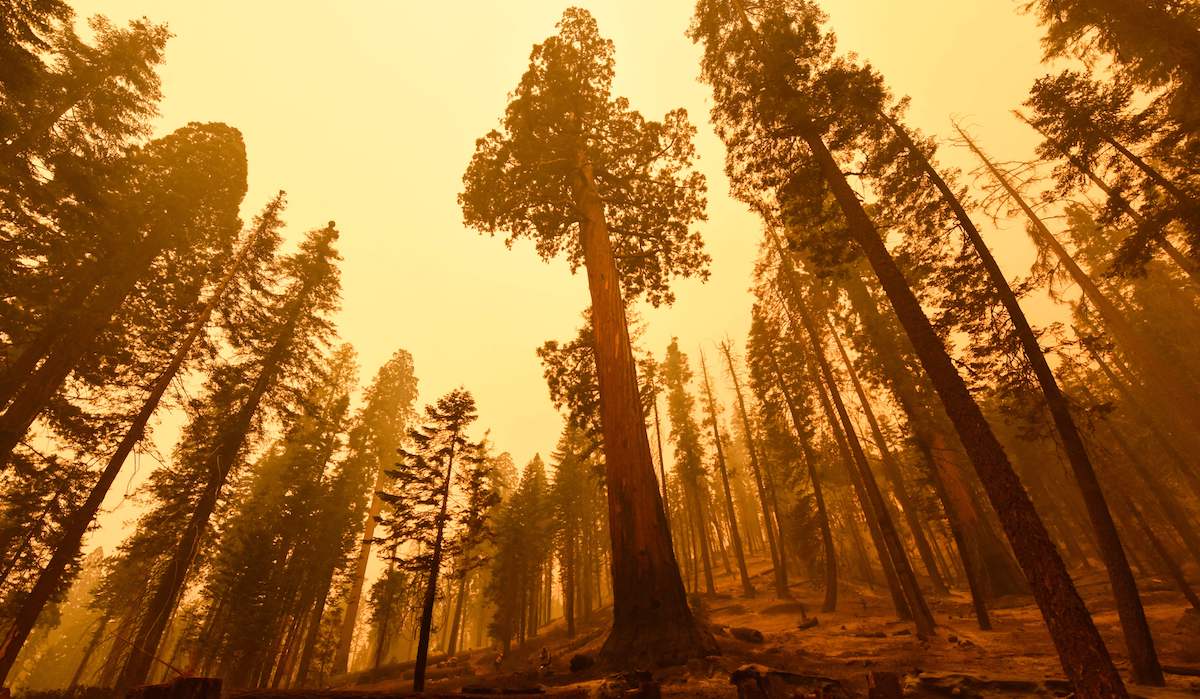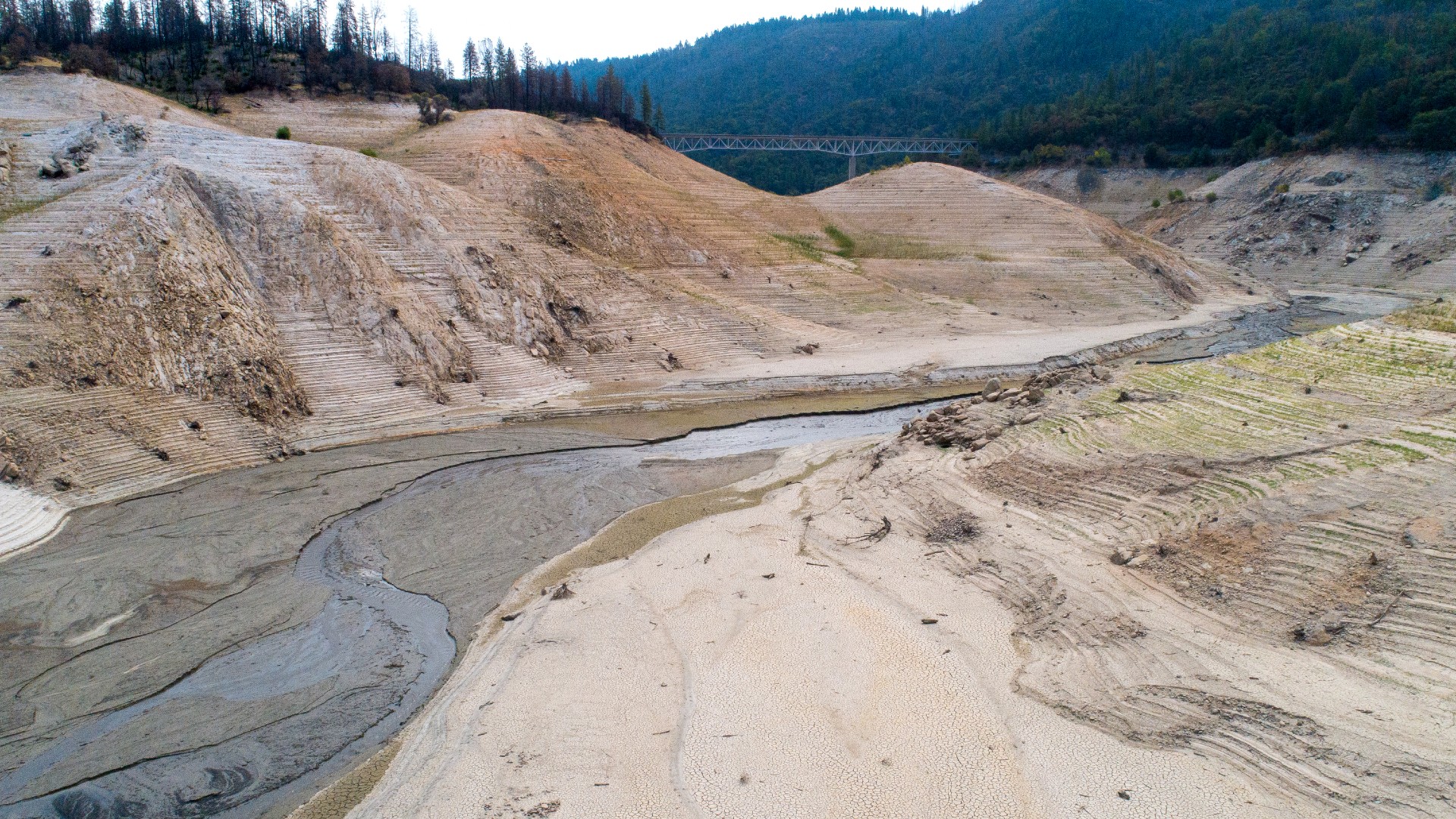Firefighters used to call them “career fires.” They’re fires so large, it was believed they would only experience one in a lifetime.
But mega-fires are rising at an alarming rate in California.
For example, the 2017 Thomas Fire in Ventura County burned more than 400 square miles in just a few days. At the time, it was the most devastating wildfire in California history.
“There was a point in time I just stood there, screaming at the top of my lungs, just like kind of losing it because it was just, there was nothing I could do to stop the inevitable spread of this fire,” said attorney and Ojai ranch owner Trevor Quirk, a former firefighter as he recalled the days and nights of the Thomas Fire.
Get top local stories in Southern California delivered to you every morning. Sign up for NBC LA's News Headlines newsletter.
But the Thomas Fire's acreage was passed several times in the four years that followed by killer firestorms like the Dixie, Caldor and Camp fires in Northern California.
CALFIRE data obtained and analyzed by the NBC4 I-Team shows mega-fires, which are fires that spread beyond 100,000 acres, are on the rise. Between 1900 and 199, 45 mega-fires were recorded in California. In just the first 20 years of this century, the state has seen 35.
Seven burned in 2021 alone.
“Things are changing with how our fires are burning,” said Robert Foxworthy, of CALFIRE. “We’re seeing them burn more intensely, be more damaging, becoming larger.”
The leading cause of California’s wildfires is lightning, according to the state firefighting agency. Scientists are attributing the increase in dangerous strikes to rising temperatures associated with climate change.
Recent mega-fires, including the Thomas Fire and 2018 Camp Fire, were caused by power line failures in windy conditions.
Sources: Sources: ESRI, CalFire. Notes: All fires shown here are from 1932 onward, when reliable records begin, according to CalFire. For 2021 fires, data as of Oct 21, 2021.
Amy O’Kruk/NBC
UC Riverside geography Prof. Richard Minnich said he believes firefighting policies also contribute to the rise of mega-fires.
“I personally think that global warming has very little to do with this,” said Minnich. “The major change is fire management.
“The more fires you have, the more you break up the vegetation into patches and the patches will self regulate and make themselves small, and nature does this spontaneously. The fires were relatively small, slow moving and in ordinary weather. When you get into suppression, you buy time, but in buying that time you lose the patchiness. You get homogenization of all the vegetation and you get big fires.”
California Megafires Are Exploding in Size and Frequency
Acres burned by megafires (100,000+ acres) by decade.
Source: CalFire. Notes: All megafires shown here are from 1932 onward, when reliable records begin, according to CalFire. For 2021 fires, data as of Nov. 2, 2021.
Amy O’Kruk/NBC
Minnich’s research shows that Mexico, which has not suppressed fires a aggressively over the last century, has not seen the same mega-fires.
“Global warming is global,” he said. “It should be affecting both countries, and the big fires are on the U.S. side of the border and not on the Mexican side.”
As the number of mega-fires grows, so does the number of Californians in danger. The I-Team analyzed state data showing that in 2000, roughly 5.6 million Californians lived in areas the CALFIRE describes and fire hazard safety zones in 2000. In 2020, that figure climbed to nearly 9.4 million.
Nearly 2.4 million residents in LA County are living in those zones.
Mega-fires and the threat the Thomas Fire posed to communities are among the reasons why Quirk, the former firefighter. now devotes his free time to disaster relief and recovery efforts.
He urged fire officials to consider an undervalued resource — people who live in those threatened communities who want to help when disaster strikes.
“Please start thinking out of the box,” Quirk said. “There are resources available on the ground and in these communities that are going to stay behind and do want to help.
“You can save more homes, and save more people, save more animals. It’s ok to have the people on the ground helping you.”



